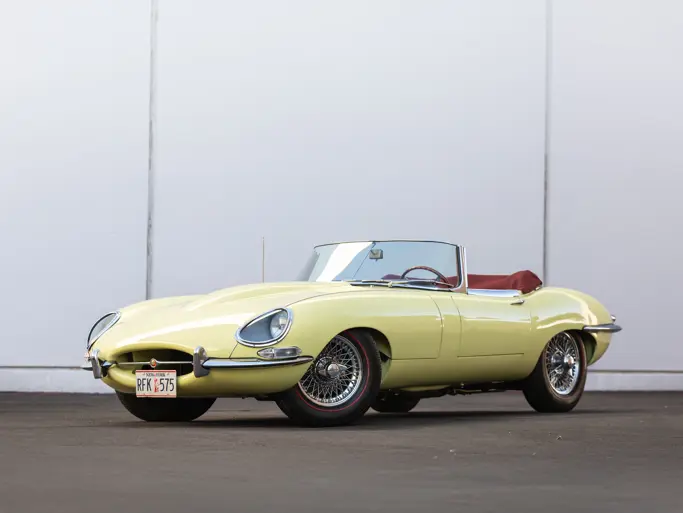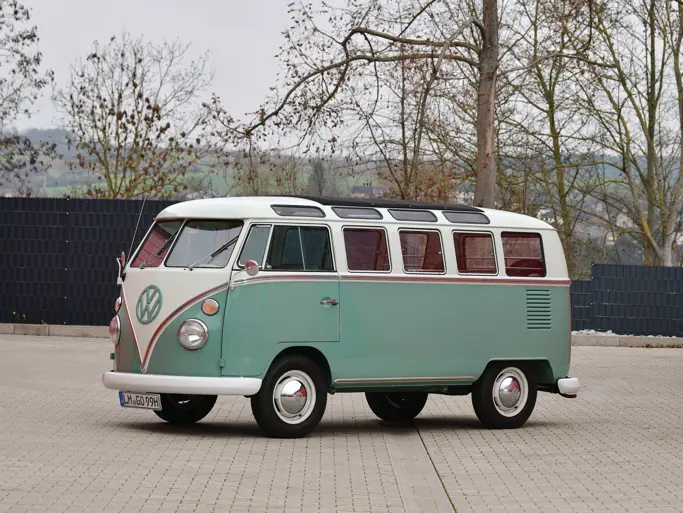It’s a car. It’s a boat. Actually, it’s both – this swimming machine gave a completely new meaning to the term of off-roading.
Nothing draws a crowd like an Amphicar. Developed in West Germany, the Amphicar was aimed squarely at America’s leisure market and debuted at the 1961 New York Auto Show. As the culmination of a 15-year, $25 million development program, the Amphicar was conceived by amphibious-vehicle pioneer Hans Trippel. The goal was to sell approximately 20,000 of these units per year. Although this goal was never remotely touched; Trippel’s surreal vision of combining car and boat nevertheless resulted in one of the world’s most fascinating vehicles.
Making their debut in 1962, they were regarded as a curious fusion of road-going and aquatic transport. They remain particularly popular as a unique and eye-catching collector’s item with its amphibious design and twin-screw propellers. On solid ground, their tailfins were the highest on any production car, even the 1959 Cadillacs, but they were not just for show. They were deemed necessary to help with stability when at sea. As well as road lights; Amphicars were also fitted with boat navigation lamps that were required to comply with Coast Guard regulations. Despite its compact proportions, the Amphicar was a full four-seater complete with a folding soft-top for rainy weather or rough seas. Optional extras for the water-going car/vessel included an anchor, floating cushions, flares, cleats and an all-important paddle in case of sea-going breakdown.
Powered by a 1,147-cc, 43-hp inline four-cylinder engine that was also used in the British Triumph Herald sedan, it is mated to a four-speed manual transmission that directed power to the rear wheels on land and, once on water, to twin propellers at the rear with the transition made by engaging a lever in the cockpit.
This Amphicar is has been cosmetically restored and this process was finished just last month. It is presented in red with a two-tone black and white interior with a white convertible top. The wheels are painted white and the hubs are covered by stainless steel caps.
Amphicar marketing highlighted the vehicle’s ease of operation, and its unofficial “770” designation referred to its factory-claimed top speeds of seven knots on water and 70-mph on land. Right from the start, the Amphicar failed to generate the level of interest it needed to survive. Between 1962 and 1968, approximately 4,500 were sold, just over a quarter of the projected annual production with the majority exported to the United States - far fewer are thought to survive.
Despite some epic sea voyages from Africa to Spain, San Diego to Catalina Island and England to France in a gale, ultimately the Amphicar was thought, by the public, to be too much of a compromise to sell the quantities needed to survive. This rarity is to the benefit of collectors who desire to have one of the world’s most fascinating automobiles….or boats.

 | Auburn, Indiana
| Auburn, Indiana


